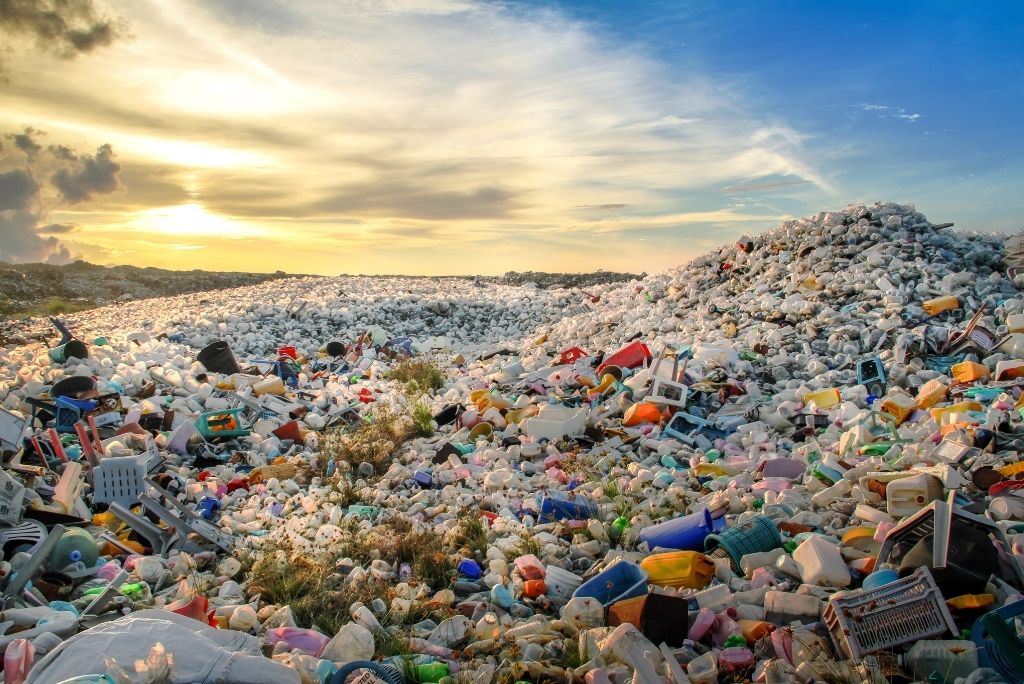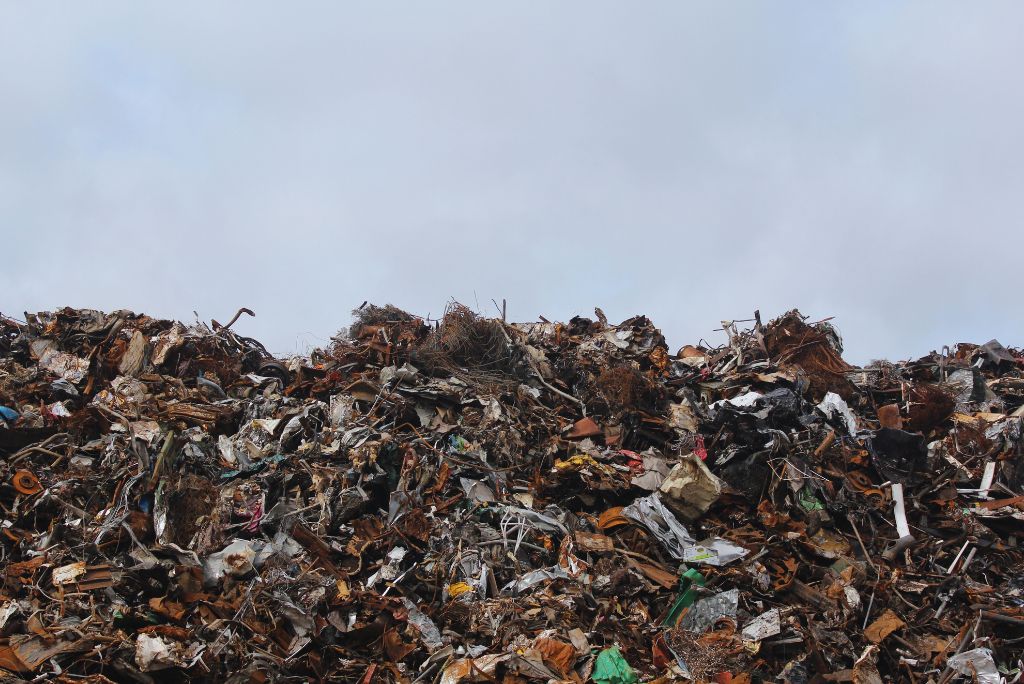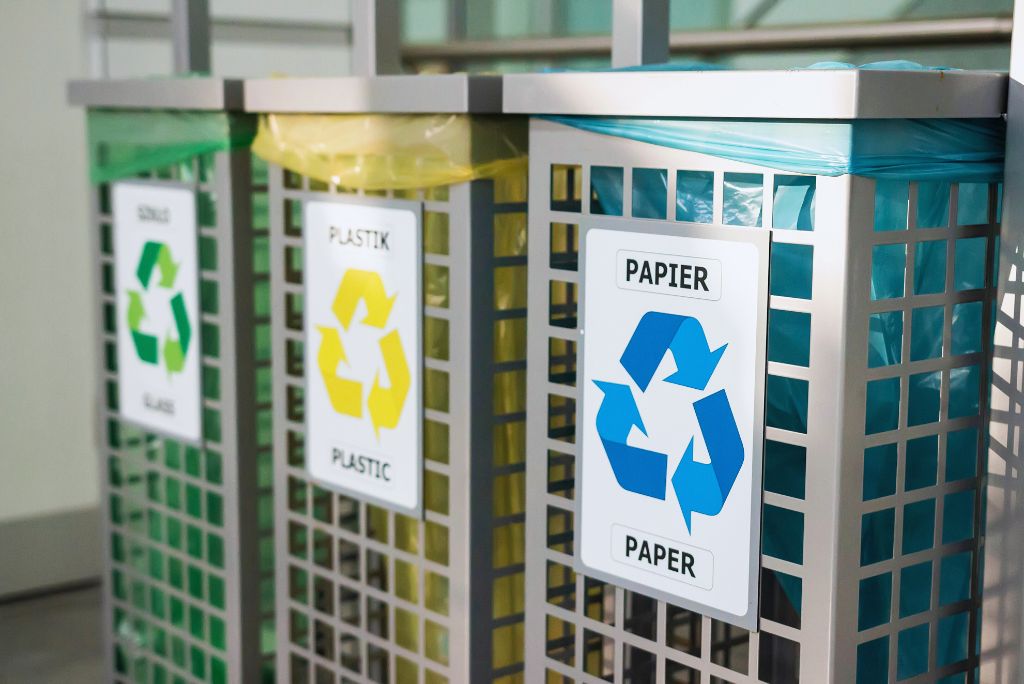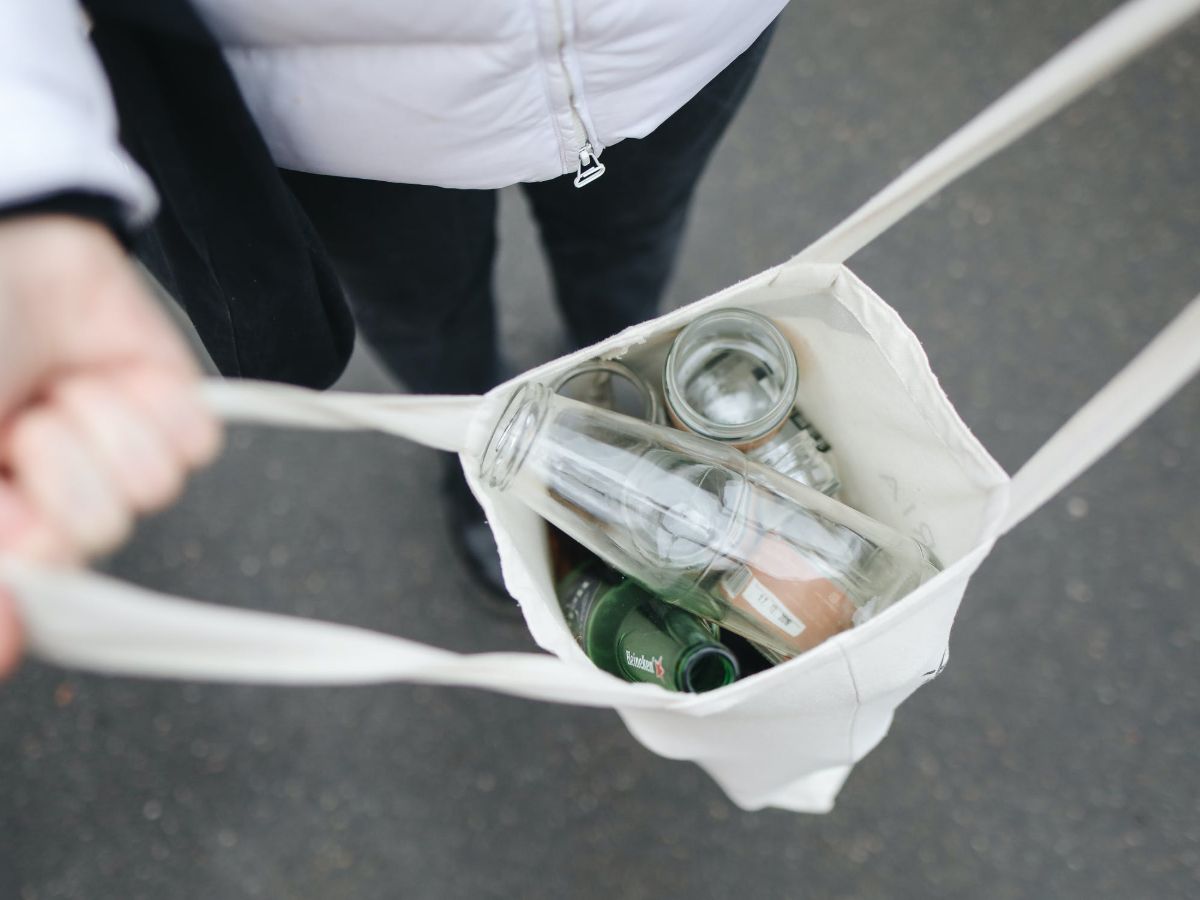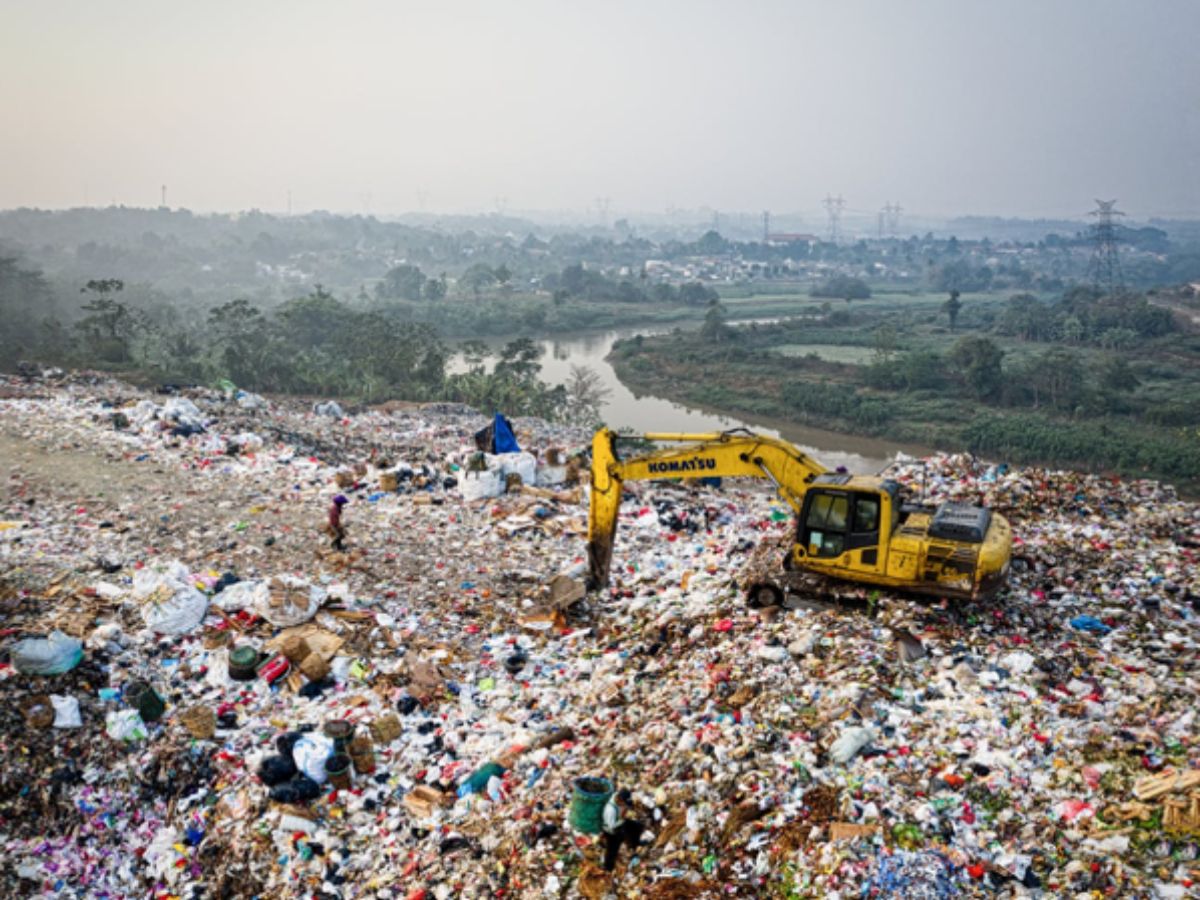The Importance of Solid Waste Management in Urban Areas
Home | Articles | Investing in the Future Solid waste management is one of the most critical challenges faced by rapidly growing urban areas. As city…
Exploring the Food Waste Environmental Impact on Global Ecosystems
Home | Articles | Investing in the Future The food waste environmental impact is one of the most pressing yet overlooked challenges in our modern…
Top Waste Disposal in Community Methods: What Works & Why They Matter
Home | Articles | Investing in the Future Effective waste disposal in community settings has become a pressing issue as urban populations grow and…
Top Strategies for Effective Community Waste Management
Home | Articles | Investing in the Future Effective community waste management is crucial for environmental sustainability, economic efficiency, and…
Innovation in Waste Management - Why Does it Matter?
Home | Articles | Investing in the Future What purpose does waste serve? Think about it. Waste is something that is not wanted or needed and holds no…
Organic Recycling: Turning Food Waste Into Energy
Home | Articles | Investing in the Future What if I told you it was possible that a portion of the world’s food waste could avoid ending up in…
How the BurCell® System Makes the World a Better Place
Home | Articles | Investing in the Future What happens to a product once it is used? Many times, it’s tossed in the trash and carried away. In the…


